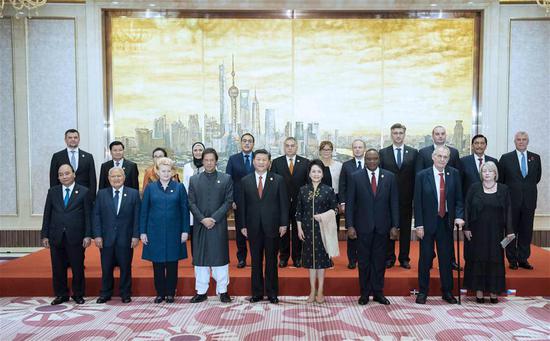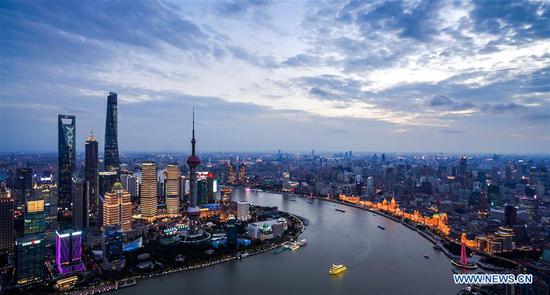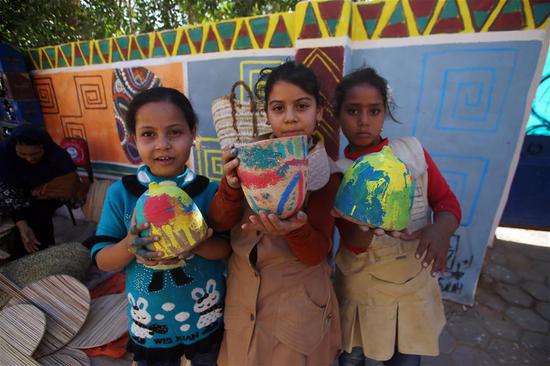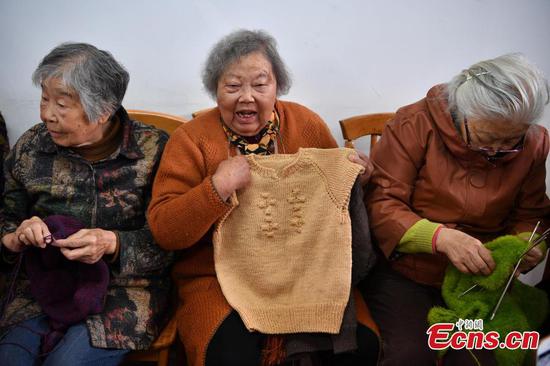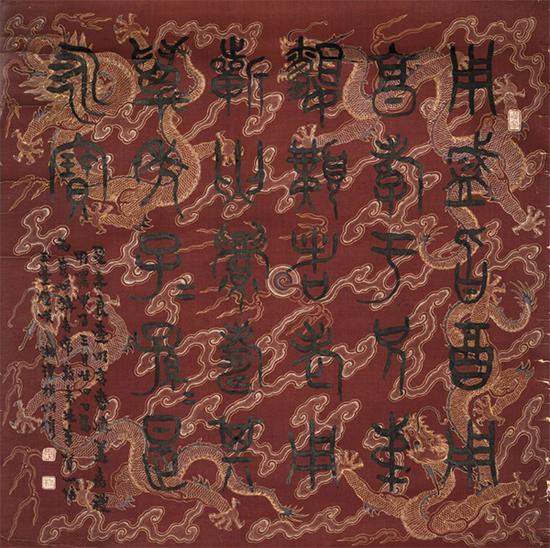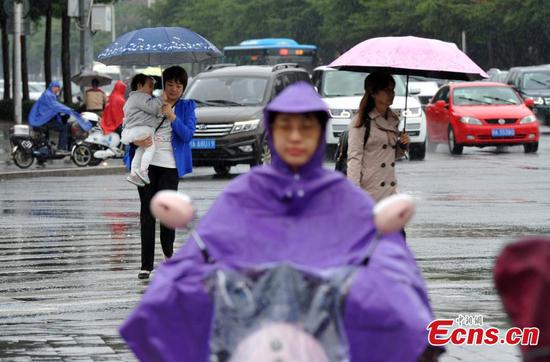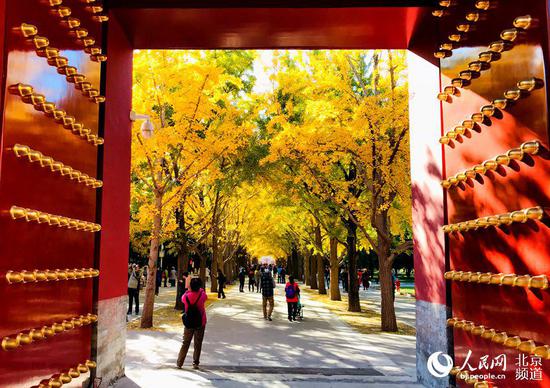Nov. 11, or the Singles Day, the online shopping festival invented by Alibaba, is just days away, and I can't wait to see what form this year's buy-buy-buy mania will take.
I'm certain about one thing though. On the second Sunday of November, Chinese consumers will chase foreign brands as if there were no tomorrow.
Online marketplaces such as Taobao, Tmall, JD and Amazon will pull out all the stops to give 11-11 a global character.
They will do so for a good reason. China's cross-border e-commerce sector has been growing rapidly over the past few years. It grew 23.5 percent to 6.3 trillion yuan ($914 billion) in sales last year, according to iiMedia Research, a market consultancy.
Market researcher eMarketer estimates that by 2020, a quarter of the Chinese population, or more than half of China's digital buyers, will be shopping for cross-border products, either directly on foreign-based websites or through third-party e-destinations.
The reason for such stupendous growth is simple: middle-income Chinese shoppers have been buying increasingly diversified and personalized high-quality goods manufactured overseas.
Online retailers are wooing these millions of affluent consumers with a wide range of authentic and high-quality overseas products.
Although I don't consider myself affluent, I often browse Red, known in Chinese as Xiaohongshu, a Shanghai-based e-commerce startup's app that offers tips on overseas shopping.
Just by browsing, I gather useful information about fashion and shopping trends. That helps when I go shopping for foreign brands.
Red publishes interesting shopping stories, product recommendations and buying tips. I read them even when I don't have overseas travel plans on my schedule.
Red was set up in 2013 to connect Chinese consumers with overseas sellers. It helped create a community where trust and sharing are the hallmarks.
Red initially began with the objective of helping outbound Chinese travelers to share their shopping experiences online.
Soon, it morphed into a social commerce site. It began selling international luxury brands and sought-after foreign products.
Red's owner relies on word-of-mouth marketing, and lets its users share photos of products they bought, shopping tips and overseas shopping stories online.
It has inked partnerships with Cosme, Japan's largest online cosmetics shopping site, and Kirindo, the largest drugstore and pharmacy chain in Japan.
About 80 percent of its users are younger than 30. And 90 percent are well-educated women pursuing a lifestyle that has accent on quality products and services.
Apart from Red, US-based tech behemoth Amazon is luring an increasing number of Chinese buyers to buy foreign products. Its Amazon Global Store covers top destinations of outbound Chinese consumers, including the United States, the United Kingdom, Japan and Germany.
Amazon said Chinese consumers would enjoy authentic deals from overseas markets and be able to buy genuine products directly from Amazon's overseas fulfillment centers.
The products sold on Amazon include some of the most popular items like Nine West shoes, Godiva chocolates, Lego blocks and Rimowa luggage.
Shanghai-based Ymatou provides a more diversified cross-border shopping service. The company recommends affordable quality products to customers by utilizing big data technology and analyzing commodity sales, user ratings, brands' influence and price information.
It's clear demand for international brands is rising rapidly in China, thanks to cross-border online shopping, which is probably one of the fastest-growing trends in e-commerce.












